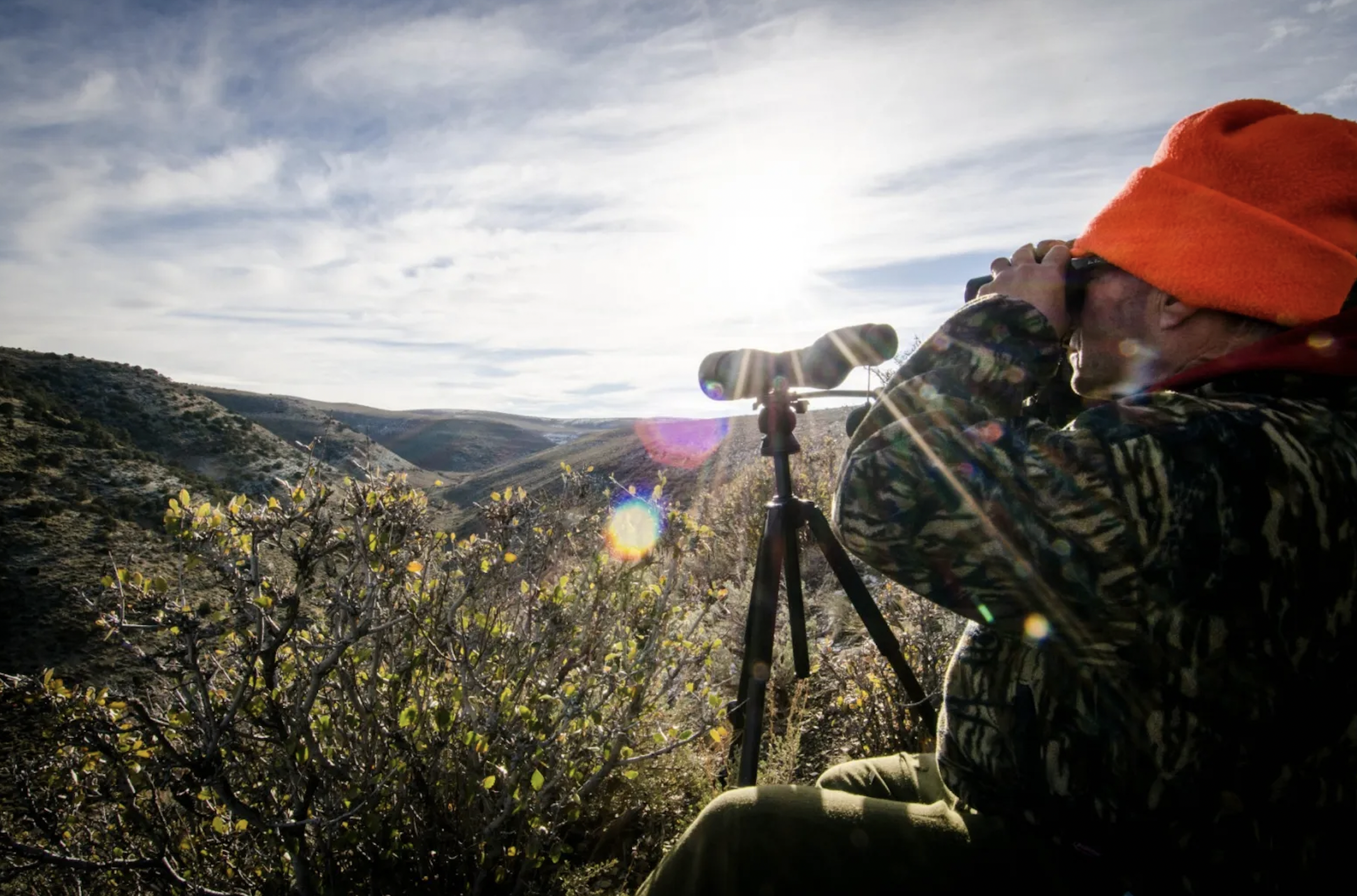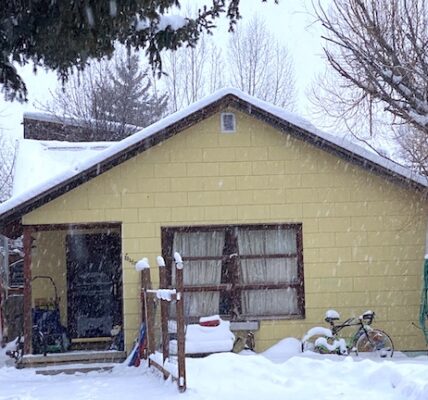
• Update will guide management of 3.6 million acres of public lands in Rock Springs Field Office, including Red Desert and migration corridors.
By Katie Klingsporn, WyoFile.com
The Bureau of Land Management on Thursday released a long-awaited draft plan that will steer the management of some 3.6 million acres of public lands and 3.7 million acres of federal mineral estate in southwestern Wyoming, including the vast Red Desert, the prized hunting grounds of the Greater Little Mountain Area and several ungulate migration corridors.
While Gov. Mark Gordon expressed disapproval of the plan’s “preferred alternative,” conservation groups cheered the publication of a document that will have major implications on future management.
The release of the Rock Springs Field Office Draft Resource Management Plan and associated draft environmental impact statement kicks off a 90-day public comment period. The public can submit input Friday through Nov. 16.
The planning area includes portions of Lincoln, Sweetwater, Uinta, Sublette and Fremont counties in Wyoming — encompassing everything from sand dunes to sagebrush ecosystems, badlands and wrinkled mountains. At more than 1,000 pages, the draft document is broken into two volumes, including appendices. The draft presents four alternatives and addresses everything from mineral development to renewable energy, outdoor recreation, wild horses and special designations.
Timely comments on the draft will help the agency formulate and hone the plan as it advances, according to an executive summary penned by Wyoming BLM Director Andy Archuleta. “We are particularly interested in comments concerning the adequacy and accuracy of the proposed alternatives,” he wrote about the four options the document lays out.
“Definitely a long time coming, and I am thrilled that it’s out,” said Wyoming BLM Deputy State Director of Communications Brad Purdy, adding that the public comment period this triggered is a crucial phase of the management planning process.
“We really want to encourage folks, not just the general public but our partners, the State of Wyoming, all of our co-operators, industry, conservation groups, to go and take a good hard look at that RMP and provide some comments,” he said. “It’s important to the bureau, and of course to Wyoming.”
How we got here
The office’s most recent resource management plan was signed in 1997. The current rewrite began in 2011. The process has entailed years of inventories, public outreach and stakeholder meetings, but has also been beset with delays. Rock Springs Field Manager Kimberlee Foster told WyoFile the office was on track to release it in spring 2019.
Several factors slowed the process, Purdy said, including litigation over wild horses brought by the Rock Springs Grazing Association as well as a separate and ongoing process regarding sage grouse habitat.
“These were some of the things that held up the RMP, sage grouse and horses,” Purdy said. “We pulled those out and then we were able to get some traction and get [the draft] put together.”
The draft includes four alternatives for managing the field office’s vast resources:
- Alternative A is the “no action” alternative, which would be a continuation of the existing 1997 Green River Resource Management Plan. That plan balances protection of resource values with the use and development of resources.
- Alternative B emphasizes resource conservation with constraints on resource uses and is the “Agency Preferred Alternative.”
- Alternative C emphasizes resource use and of the four, proposes the least restrictive management actions for energy and commodity development.
- Alternative D sits somewhere in the middle of B and C — it’s less restrictive on resource use than Alternative B while also having a greater conservation focus than Alternative C.
Frustration, cautious optimism
The release elicited cheers and consternation around the state.
Gordon is unhappy with the preferred alternative, according to a press release from his office, and specifically a provision proposing more than 1.5 million acres specially designated as Areas of Critical Environmental Concern.
ACECs are used to protect important historical, cultural and scenic values or other natural resources, according to the BLM. Currently some 286,000 acres of the Rock Springs Field Office lands are designated ACECs, according to the document. Alternative C, in contrast to B, proposes zero acres designated as ACECs.
“Upon first glance, I am extremely disappointed, yet not surprised, by the redirection this Administration is taking with this draft,” Gordon said in a Thursday statement. “Over a decade’s worth of work from Wyoming’s cooperating agencies, local stakeholders, and impacted industries seems to have fallen on the deaf ears of the federal BLM and its imperious agenda.”
The preferred alternative, Alternative B, “conserves the most land area for physical, biological, and cultural resources,” according to the draft BLM document. “Alternative B emphasizes the improvement and protection of habitat for wildlife and sensitive plant and animal species, improvement of riparian areas, and implementation of management actions that improve water quality and enhance protection of cultural resources.”
Gordon intends to review the draft with a “fine-tooth comb” in order to protect the interests of the state, he said.
Representatives of the Greater Little Mountain Coalition, meanwhile, have long advocated a proposal that conserves the area’s hunting, fishing and recreational opportunities for future generations while supporting responsible energy development.
“We are excited for the Rock Springs Field Office to release this draft plan and we look forward to making sure that the Greater Little Mountain Coalition’s vision for balanced multiple use management is carried forward into the final plan,” Corey Fisher, Trout Unlimited’s public lands policy director, said in a statement.
The BLM will hold public meetings on the draft environmental impact statement in Rock Springs, Lyman and Big Piney — though dates have not been announced.
The most recent meeting was an open house in 2016. Scoping meetings were held in several locations in 2011.
Following the comment period, the agency will address public input, release a final environmental impact statement and issue a final decision, Purdy said. The final document will guide the field office’s land management for at least 10 years.
WyoFile is an independent nonprofit news organization focused on Wyoming people, places and policy.





